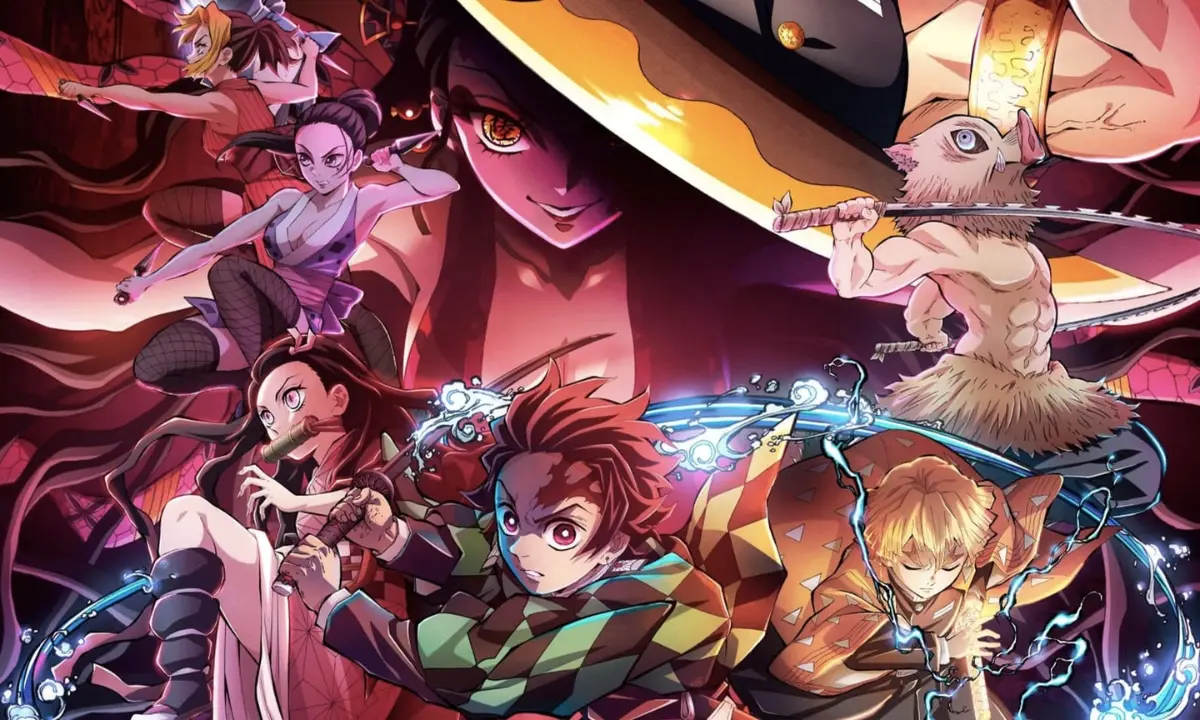

Any kind of writing about anime will at some point have to consider anime’s audiences and their activities and practices. And in fact, studies that ask questions like “what anime fans do, and how, and why” are prominent in the field. As far back as 1994, writing for the journal Bad Subjects: Political Education for Everyday Life, Annalee Newitz examined “Japanese animation fans outside Japan“, and in 2001’s Anime from Akira to Princess Mononoke: Experiencing Contemporary Japanese Animation, Susan Napier devoted an appendix to the topic of “Western audiences and Japanese animation”. Other notable studies include Brent Allison’s chapter “Interviews with adolescent anime fans” (in The Japanification of Children’s Popular Culture: From Godzilla to Miyazaki and Lawrence Eng’s Strategies of engagement: Discovering, defining and describing otaku culture in the United States (in Fandom Unbound: Otaku Culture in a Connected World), as well as the full monograph Anime Fan Communities: Transcultural Flows and Frictions, by Sandra Annett.
The history of anime fans outside Japan can be traced to at least the 1980’s, if not earlier. Now that this history is established, the conditions are in place for scholarship that engages with the history critically. And one such recent engagement is the essay by Aurélie Petit (Concordia University) that examines the discussions that took place in early anime fan communities, and argues that these discussions have played a major role in shaping how anime fans interact between themselves and with the “external” world, and to some extent how the idea, concept, and image of the “anime fan” is now defined.
Petit, Aurélie (2022) “Do female anime fans exist?” The impact of women-exclusionary discourses on rec.arts.anime. Internet Histories, 6(4), 352-368.
anime is still synonymous with far-right ideologies of white and male supremacy
“Do female anime fans exist?”…, p. 353
The author opens the essay with a bold and understandably controversial statement. The essay’s goal, then, is to support the statement by presenting examples of how these ideologies actually found expression in anime fan communities. In particular, the essay’s theoretical structure draws on the concept of “prediscourses”, originally proposed by Marie-Anne Paveau and translated as “a set of…frames that represent an instructional mechanism used for the production and interpretation of meaning in discourse.” The basic logical argument the article is framed around is the idea that (current) anime fans “rely on preconstructed semantic and interpretative frameworks that originated from within their own community”. These frameworks as they first developed were often misogynistic, anti-feminist, and exclusionary, and they have played a significant role in giving shape to how individual anime fans and organized anime fandom behaves in the present.
To support this argument, Petit engages in a complex – and very elegant – discourse analysis of messages in the seminal 1980’s anime fan online community – the Usenet newsgroup rec.arts.anime. The goal of this analysis is to identify examples of “negative networking practices” – posts/conversations where “women anime fans were ignored, belittled, criticized, harassed, and mystified”. Specifically, she presents a total of 252 messages that involve the “gendering of anime fandom”, and within these, identifies 7 different types of the negative networking practices:

For each “practice”, she then presents particular examples, as well as case studies of several different types of these “practices” occurring over the course of particular discussions. The conclusion Petit arrives at is that “…anime fan identity has long and steadily been codified as straight cisgender male and embedded within women-exclusionary practices”, while a major feature of the beginnings of anime fandom outside Japan was “a reality of women’s systematic marginalization”.
Overall, yes, this article is perhaps uncomfortable to read, but it presents both a necessary perspective on the development of anime fandom, and an excellent example of the methodologies and research techniques that are needed to present this perspective. In addition, I would argue that an important contribution it makes to fandom studies in general is in highlighting the idea that the anime fan community as it existed in the 1980’s was built on or at least strongly characterized by a set of “negative networking practices”. This, in turn, can allow for arguments that anime fan communities – as they were then and as they are now – are themselves examples of what scholars have called “uncivil society”. Marlies Glasius defines this concept as “manifestations of civil society that challenge liberal democratic values”, such as through “exclusivist or dogmatic ideologies, predatory practices, and general rule-breaking” – and this paper serves as an excellent example of how discussions of the uncivil society concept can be extended beyond the sphere of international relations where it first originated.
Having said that, and again, while this is not intended to downplay the overall impact and importance of the paper, I do think that there are a couple of areas where it is open to criticism. A focus on several dozen conversations out of thousands (“I used an empirical yet interpretive sample strategy to extract the text queries needed from the 62,502 rec.arts.anime discussions available on Google groups”) can raise the concern that these “negative” discussions are not representative of the overall tone of the conversation, or are just too infrequent to matter. Another possible area for criticism is more theoretical.
I argue that by practicing exclusionary discourses, rec.arts.anime users have shaped the negative networking semantic environment of online American anime culture, whether intentionally or not.
“Do female anime fans exist?”…, p. 356
As Petit states, “Internet memetics culture and its relationship with far-right ideological online discourses and practices linked with neo-fascism, racism, sexism, and white supremacy, can easily be traced back to this online anime fandom that originated in 1987”. Instinctively, and perhaps even anecdotally, this connection makes sense. But I think more research is needed to actually trace any direct connections between the online anime fandom of 1987 and what came later, beyond just similarities in “tone”. In other words, the idea of rec.arts.anime as the prediscourse for “hegemonic anime fandom in North America and how it interacted with gender related issues, at the expense of gender diverse anime fans” sounds correct, but making this claim calls for more support beyond what this article offers.
Again, though, these points are not intended to diminish the strength of the overall paper, and its contribution to anime studies, to fandom studies, and to popular culture studies more broadly. “Do female anime fans exist?” answers its own question – whether that question as originally asked on rec.arts.anime was rhetorical, in jest, or intentionally mean-spirited, and lays out a groundwork that I will be curious to see other scholars follow!





